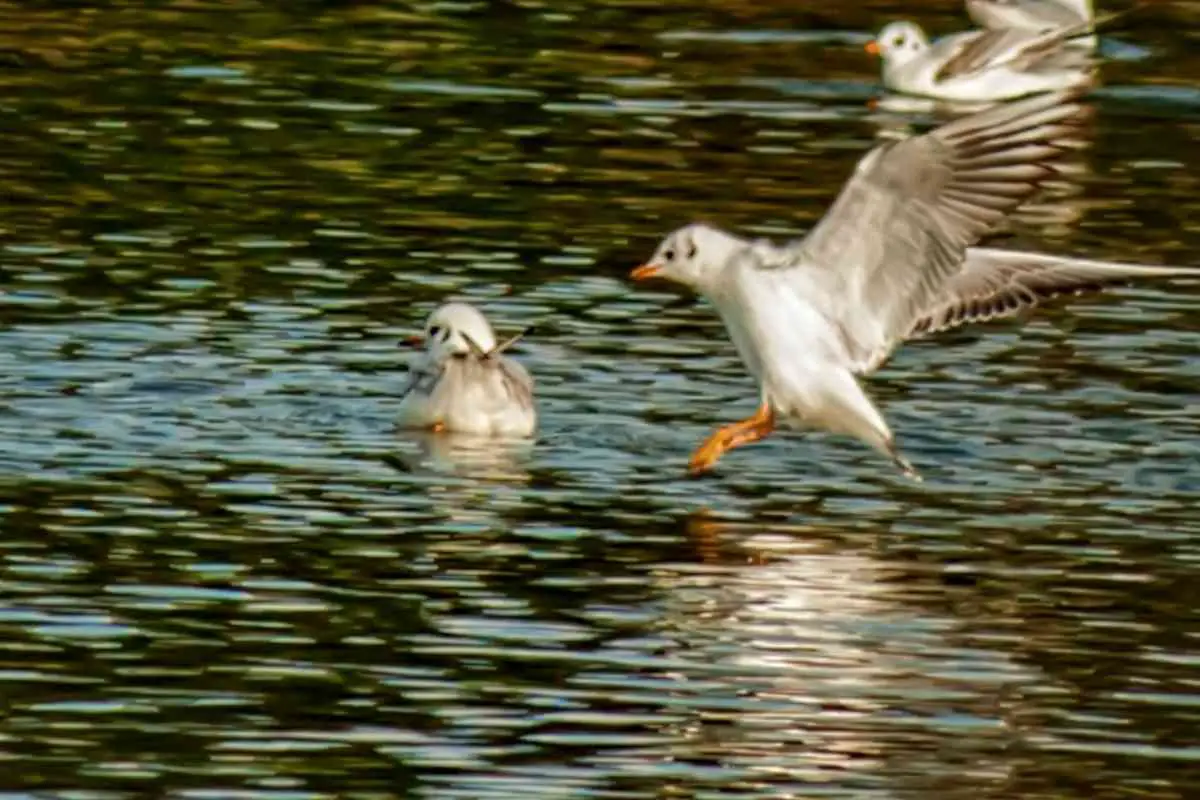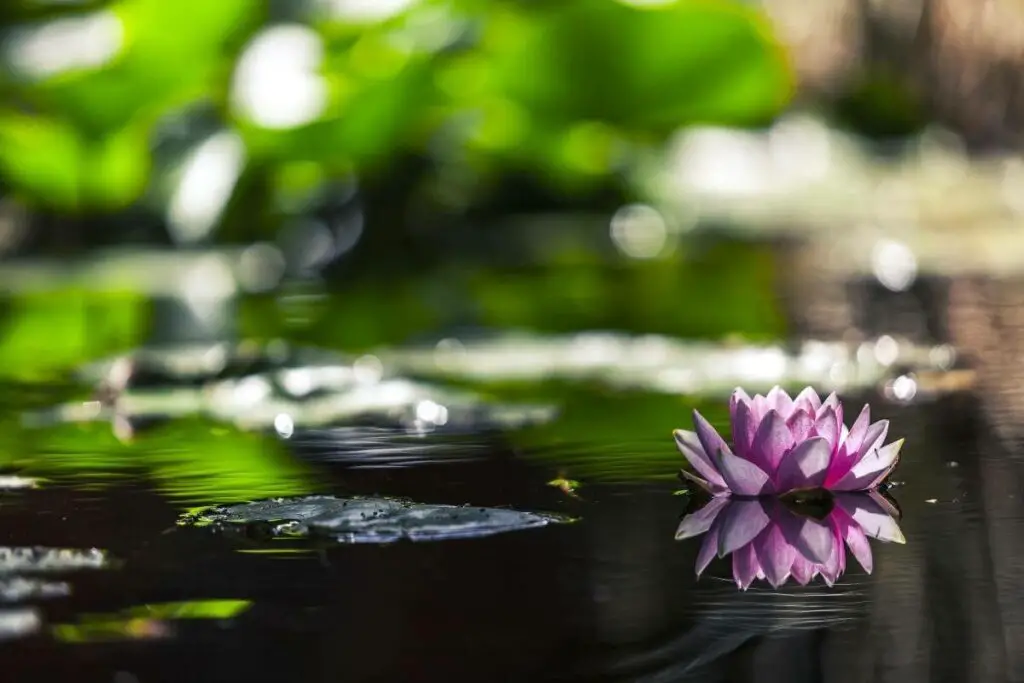Yes, Seagulls do take fish from garden ponds. Seagulls are predatory birds that can swim and fly.
They are mostly found in salty water bodies such as oceans and lakes. The water-loving birds feed on small fish, crustaceans, molluscs, and small animals and birds.

Seagulls are always hunting for living aquatic life to prey on or scavenging on dead food leftover by larger predators or humans.
However, when these birds spot a fish pond with easy-to-capture fish, they give up hunting and will always hang around your garden pond, hoping to catch dinner or breakfast.
Key Takeaway: Seagulls eat whole fish and can wipe out your pond in no time. They are not good divers, so they’ll prey on fish kept on shallow ponds.
What Dangers Do Seagulls Pose to Garden Pond Fishes?
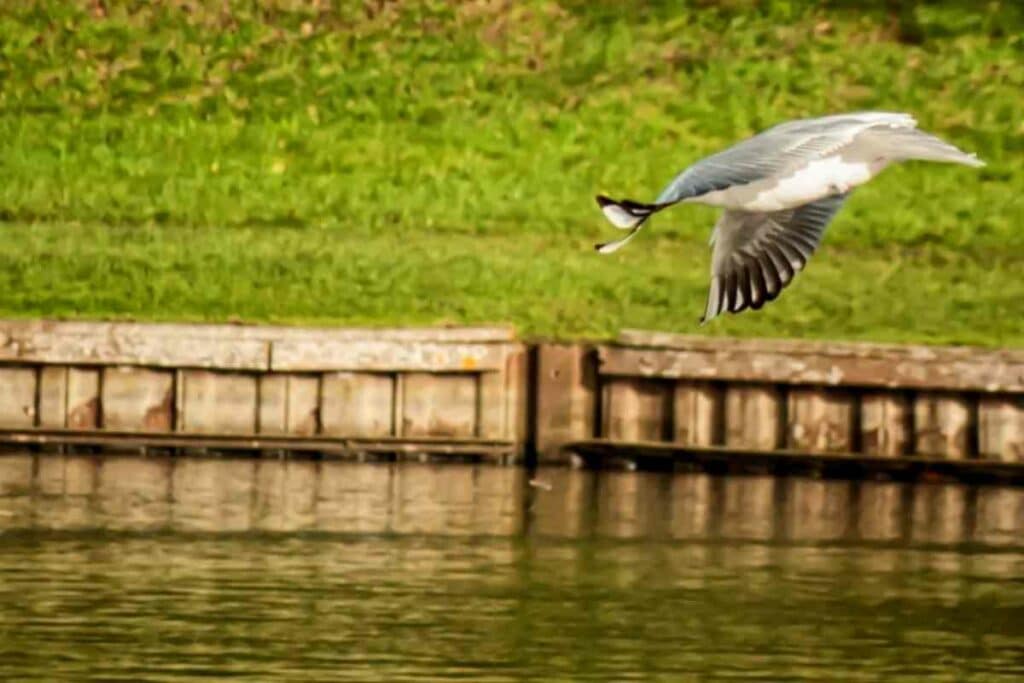
Seagulls can do a number to your fish:
- The obvious danger is eating the fish and leaving your pond empty.
- Secondly, Seagulls are scavengers, and you will occasionally find them ravaging carcasses. These birds collect bacteria and other disease-causing germs with their feet and beak. When they land on your pond and start diving for fish, they spread the germs to your pond, affecting your whole shoal.
- Thirdly, seagulls can swallow the small fish, but they try tearing pieces of flesh from the bodies of the bigger fish because they can’t swallow them. This injures your fish causing distress and sometimes death.
Why Do Seagulls Swallow Whole Fish?
Normally, seagulls will swallow the fish whole.
Their strong, unhinged jaws and flexible throats accommodate the entire fish.
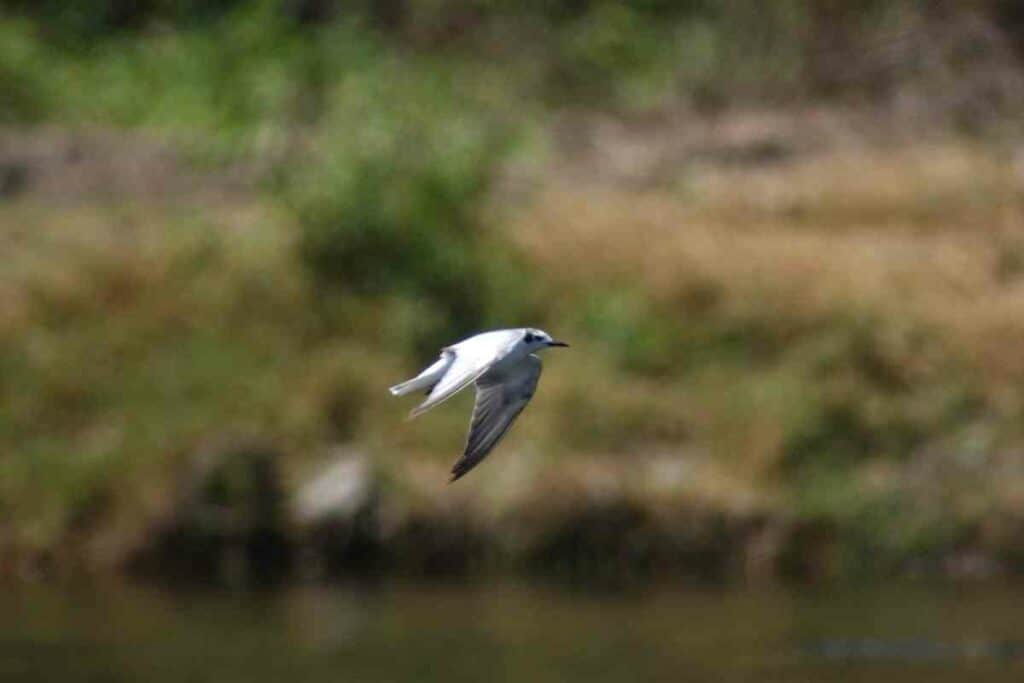
They also have two stomach chambers, the first secreting a strong acid that digests the flesh and breaks down the bones.
How to Protect Your Garden Pond Fish From Seagulls and Other Predators
Predators can frustrate your fish-keeping efforts just when you think, “let me relax and enjoy the fruits of my pond.”
Fortunately, we humans always find solutions for most of our problems.
The following ways will help keep your fish safe from seagulls, herons, kingfishers, and other fish-eating birds.
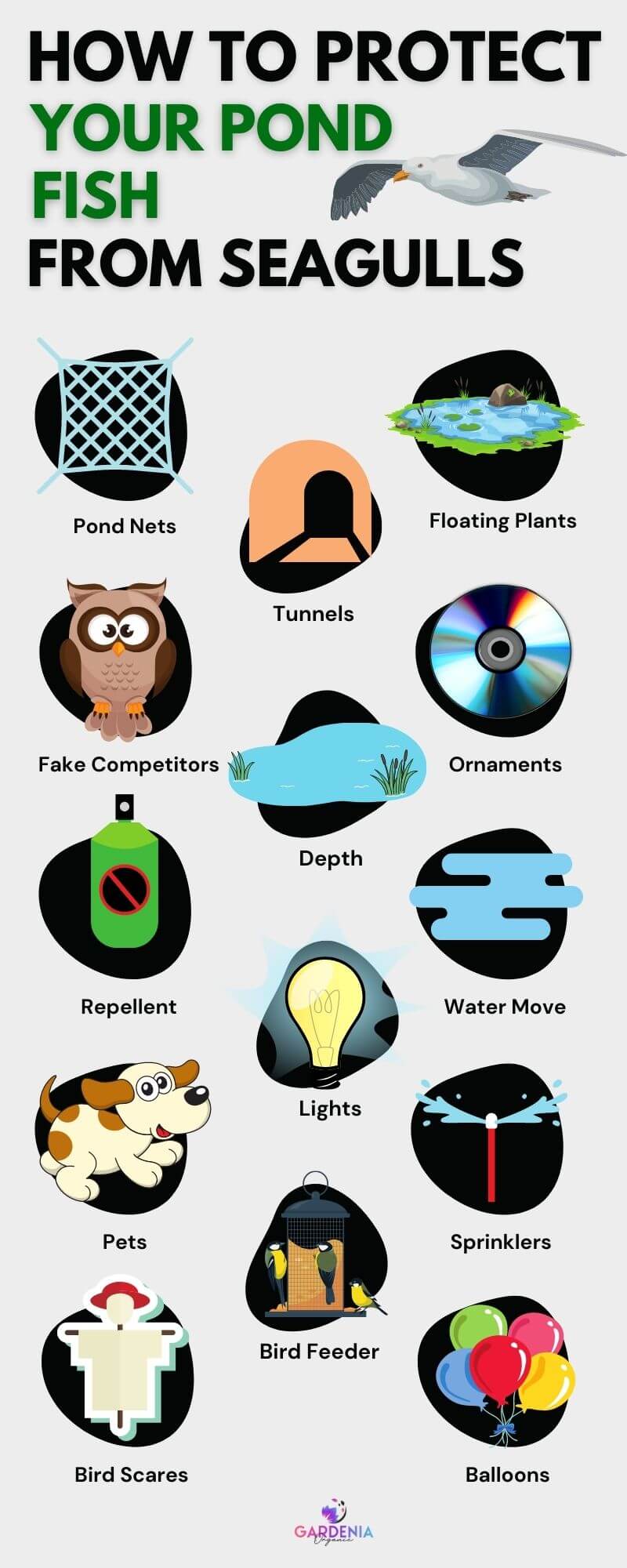
Putting a Net Over the Pond
This is one of the most-effective methods of keeping your fish safe from seagulls and other predators.
Polyurethane nets are light, almost colorless, and durable to create a barrier that flying seagulls can’t penetrate.
A seagull will spot a fish from the air, but upon trying to grab the fish from the water, they’ll come across a well-knit net.
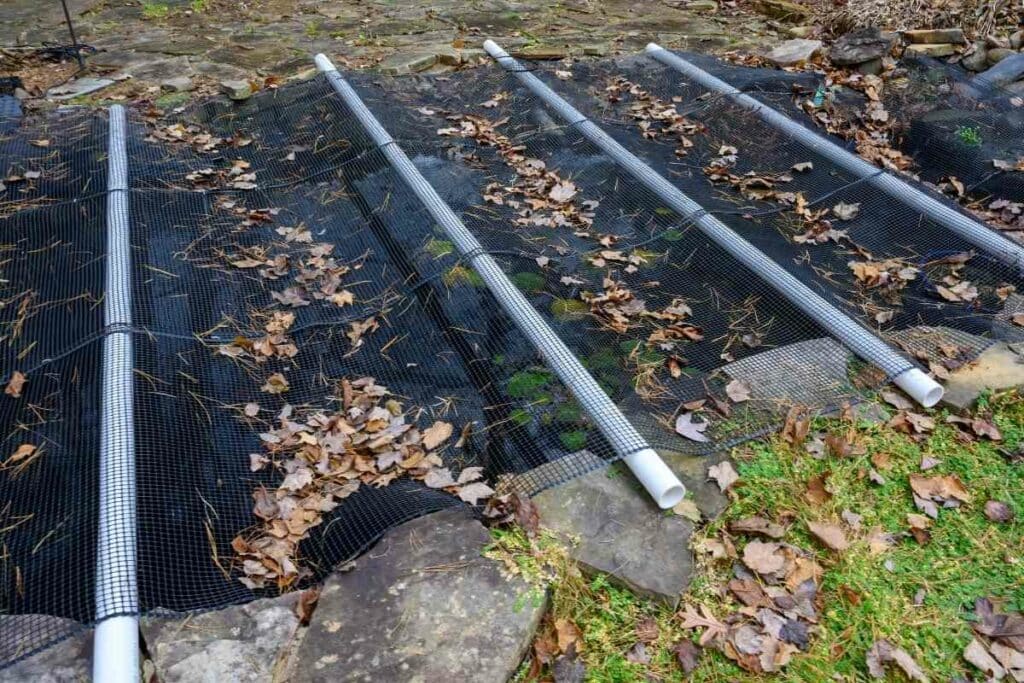
This will deter them from reaching the pond’s surface.
The net ruins the aesthetic look of a modern pond, but it’s a worthy sacrifice to protect your fish.
The erection of the net is also time and resource-consuming because you need adequate net length and enough anchors to hold it in place.
Moreover: You have to design the covering in a way that leaves an entry point for easy access to the pond when feeding or checking your fish.
Decoys/Fake Competitors
One thing to know about seagulls’ hunting habits is that they will fly away if they see a competing predator.
In light of this, you can use artificial decoys that look like seagulls, herons, owls, hawks, etc., to scare predatory seagulls.
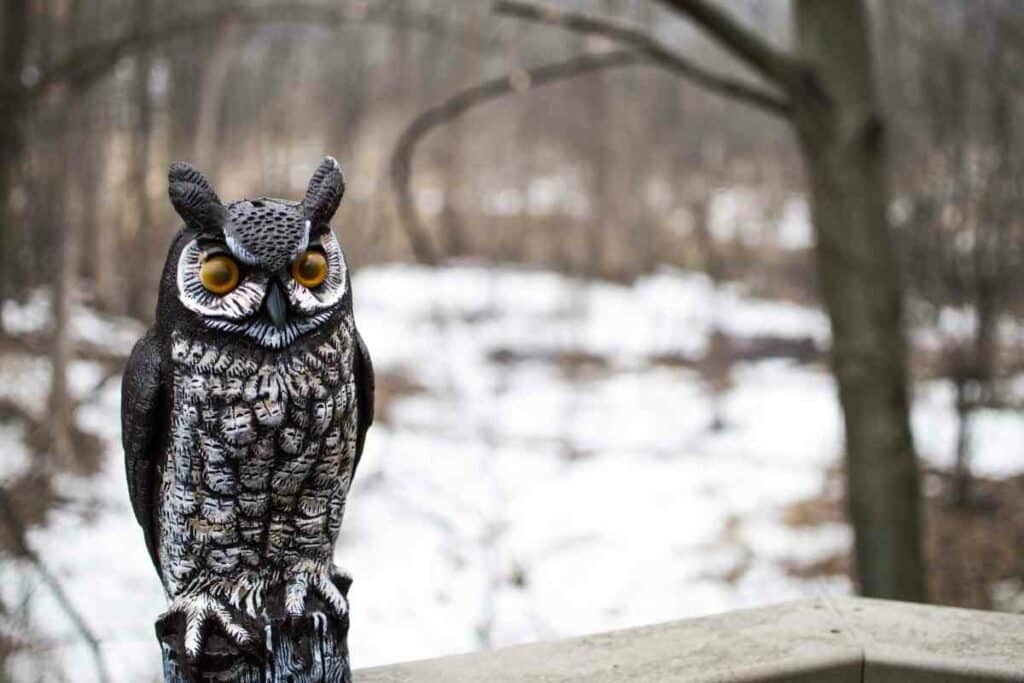
Manufacturers have perfected the trick by making decoys that move the body parts such as the neck to imitate a living thing.
Apart from the decoy, you can create a life-like scare-crow, like the one put on rice and wheat fields to scare away grain-eating birds.
Most birds fear the presence of humans and will be scared by the human-like form swinging near the pond.
However, move the decoy from one point to another because even birds can sense when something is stationary and harmless.
By moving the artificial seagull or owl around, the living seagulls will see it as a real competitor and back off.
Caves and Tunnels
Depending on the size of your pond and the geography of the area around it, you can create hiding places for your fish.

Just like the deep ocean that has tunnels and caves where fish hide from predators, you can creatively come up with small spaces and tunnels where your fish can run to when they sense danger.
Even the fish know when a seagull is approaching and will run and hide.
Keep In Mind: When a seagull comes twice or thrice and doesn’t spot a fish, they will rule that as an area with no food and never return.
Increase Depth of Your Pond
Sometimes, your fish are preyed on because they are too close to the surface.
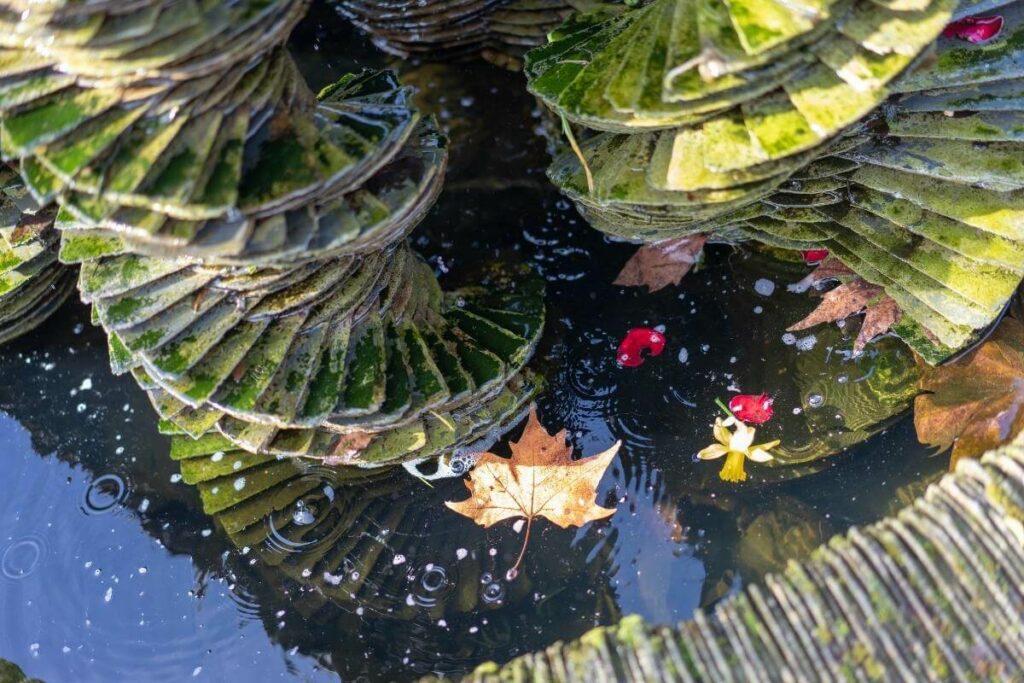
Most predatory birds, including seagulls, cannot dive deep to chase the disappearing fish.
The seagull is heavy, which makes diving hard for it. If you want your fish to be safe, create a deep pond.
If you already have your pond but think it is too shallow, consider digging more to increase the depth.
Floating Plants
Floating plants like water lilies will make your pond full of life, green, and natural-looking.
It makes your pond a small ecosystem with a balanced flora and fauna because these plants depend on the waste from fish and nitrifying bacteria.
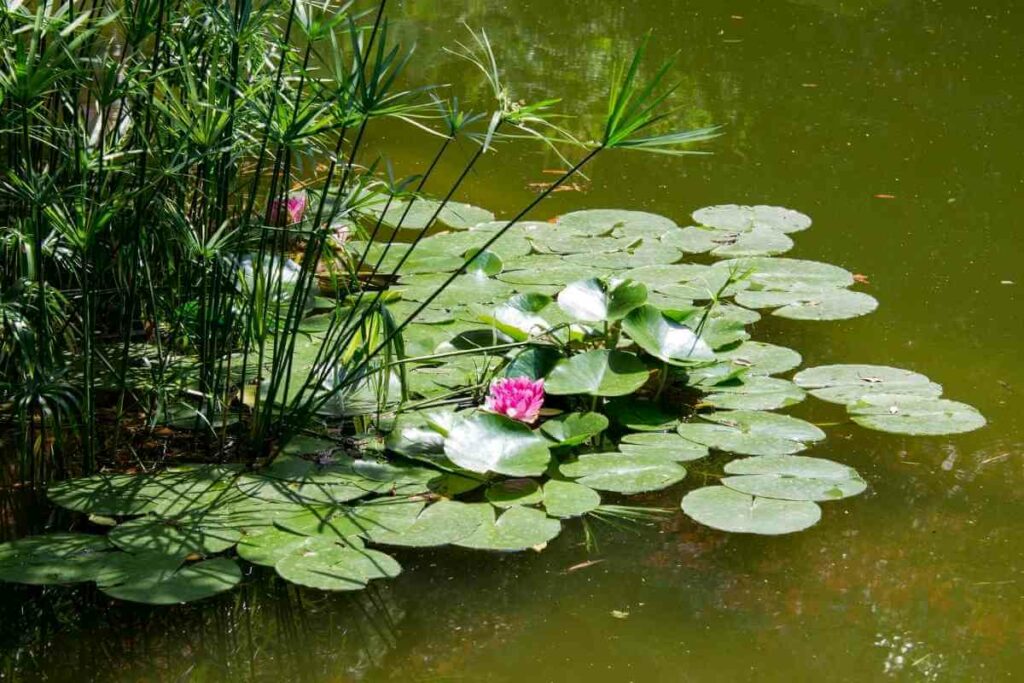
But did you know that these plants can help protect your fish from predators?
That is true!
A plantless pond is clear, and a seagull can spot a fish meters away while flying in the air.
However, floating plants reduce water clarity and provide hiding places for your fish.
Examples of floating plants you can incorporate into your fish pond include:
- Water hyacinth
- Duckweed
- Water lettuce
- Sensitive plant
- Azolla
- Frogbit
- Salvinia
Predator Repellent
Agronomists have also developed chemical solutions that can help keep seagulls at bay. You can buy these at your local pond products supplier.
These repellants will usually contain a smell that seagulls don’t like. No seagull can set foot there when you spray the repellant around the pond area.
Others cause a translucent sticky substance where the seagull stands.
After getting stuck and struggling to set itself free, a seagull will rarely return there due to the unpleasant experience.
These chemicals are safe for the fish and won’t cause any harm.
Examples of bird repellents include:
- Bird X Bird Proof
- Bonide
- Flock Free
- Bird Stop Liquid Bird Deterrent
Ornaments
Have you ever seen shiny pinwheels or CD-ROMs hung around someone’s garden and wondered why they decorate their yard?
Well, it is more about pest and predator control than it is about aesthetics.
There are many ornaments with shiny reflective surfaces that you can buy to scare away seagulls.
Seagulls, like many other birds, are afraid of light flashes.

When the sun shines, the rays fall on the metallic or shiny surface, reflecting the light at varying angles, creating flashes.
The flashes scare the seagulls during the day, but the light effect is minimal at night unless there is a very bright full moon.
Nevertheless, most seagulls don’t hunt at night, so that may be a non-bother.
If you are a DIY enthusiast, you don’t need to waste your money purchasing commercial pinwheels and ornaments:
- Take a metallic tape, a string, and a stick and make your ornaments.
- Tie the tape to the stick with the string.
- The free tape will be hit by sun rays and blown by the wind, producing flashes and a scary swift sound that keeps the seagulls at bay.
Pond Lights
Seagulls are irritated, even scared by lights.
When you mix and match different types and colors of LED pond lights, the resultant lighting will scare the seagulls away from your fish.

You see that strobe light you tuck away because it’s reserved for disco nights or parties?
That could come in handy when protecting your fish from these birds.
Some special pond lights even have an accompanying noise to disturb the predators.
For Instance: You might buy a LED light with a programmed sound of a seagull in distress. When the seagull flies around the pond and the sensor senses it, the LED lights up and produces the distress call. The seagull thinks it’s in danger and flies away, and your fish are safe for another day.
Create Water Movement
When water is in motion, a seagull will take time to spot a fish on the pond.
But with still waters, the bird can reach for your fish super fast.
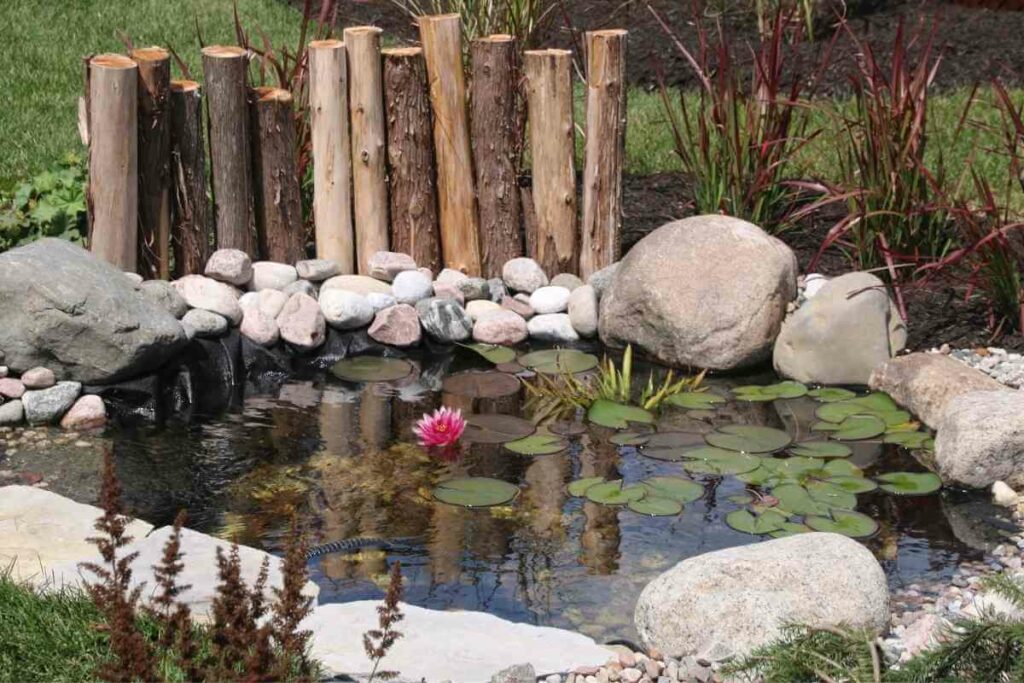
To avoid fish predation due to easy access, create water movements in your garden pond.
Water movement is beneficial for other reasons, like keeping the pond aerated and preventing the water from forming scum or emitting a foul odor.
Design an artificial waterfall using stones or an air pump to create water movement in your still pond.
Pets
This is quite a controversial topic because some pets prey on fish.

However, if you have a well-fed dog that can scare seagulls away without being tempted to eat the fish, go for it.
Your dog can stay near the pond, and when a seagull approaches, it will be scared by the dog’s barking sounds.
Sprinklers
Another genius way to scare seagulls from your garden pond is using specialized sprinklers that shoot water when they sense some movement.
When a seagull flies near the pond looking for fish to eat, the sprinkler senses the movement and starts sprinkling water in all directions.
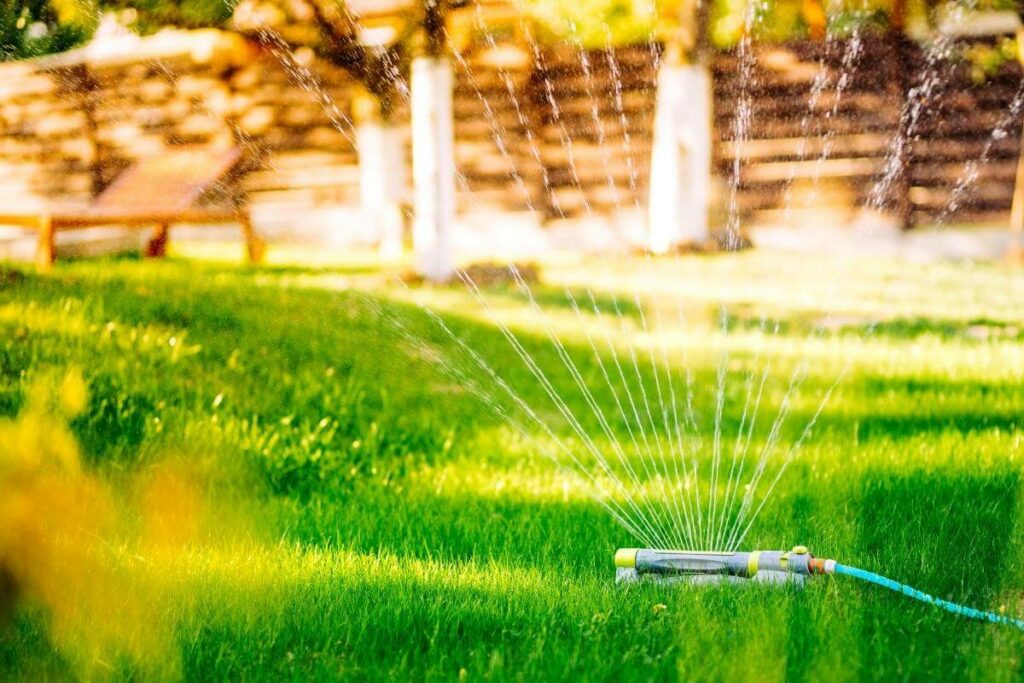
This sudden disturbance by a stream or droplets of water can scare the seagull and make it uncomfortable to the point of flying away.
Keep In Mind: The sprinkler sprinkles water after sensing any movement, including yours and your pets. When spending time around the pond with family and pets, deactivate the sensor.
Bird-scaring Devices
You can find bird-scaring gadgets on Amazon and other retail sites.
These devices use sensors to detect movement.
When such a gadget detects a seagull, it will light up or produce a sound that scares away the predatory bird.
Bird Feeder
This is a less popular way of protecting your fish from seagulls, but feeding the birds at a different venue draws them away from the pond.

Therefore, you play mind games with the birds by giving them what they came for: food.
Although it is a viable method of keeping your school of fish intact, it can be expensive.
For instance, where will you get small birds, crustaceans, molluscs, or small rodents every day to place on the bird feeder?
If you choose this method, make sure to place the food and water away from the pond.
From Experience: You don’t want the seagull to pass through the pond on its way to the bird feeder; it might stop to eat the nearer food-your fish.
Balloons
If you can’t set up any of the methods discussed above, there is a low-budget way of scaring the seagulls away- using balloons.

Balloons are easily accessible and easy to set up. You only need to blow the balloon, tie it and hang it around the pond.
However, remember to choose a balloon with a shiny, reflective surface.
It would also be better to buy those balloons with faces painted on them as they are more durable.
Wrapping Up
Fish ponds attract different classes of animals, from frogs to birds.
Predatory birds, like the seagull, can take fish from your pond, leaving it empty, injuring the bigger fish they can’t swallow, and spreading germs to other aquatic life in the pond.
There are several ways to protect your fish from seagulls.
These include netting the pond, creating tunnels and caves, using bird repellents and decoys.
You Might Also Read
- What Should I Put in the Bottom of My Wildlife Pond?
- Backyard Oasis With Pool: Creating a Relaxing Retreat in Your Backyard
- How to Find Pond Leak (Quick Method to Find the Leaks)
- Pool Ledge Lounger – Complete Buyers Guide
- Do Garden Ponds Overflow When It Rains
- How To Fill A Pond With Water (Complete Guide)
